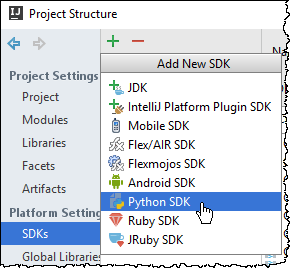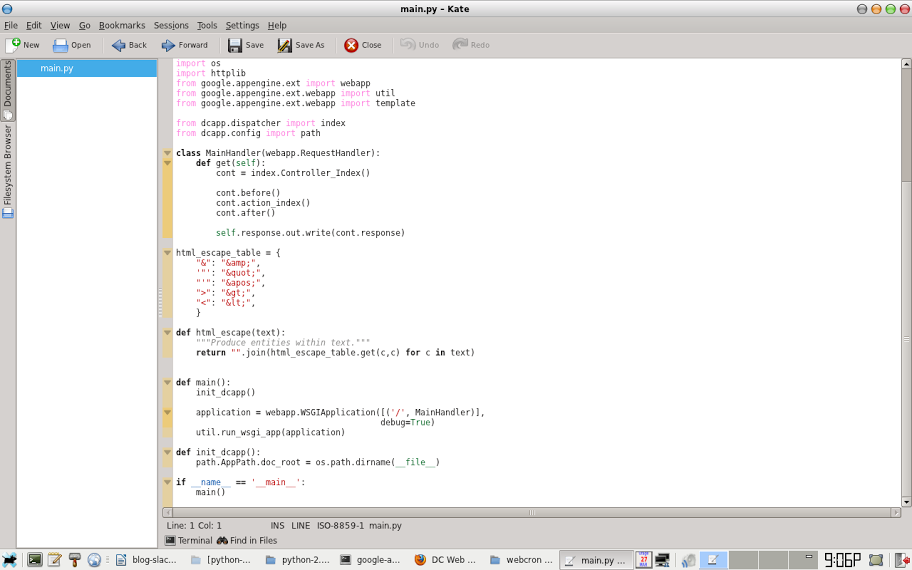


Every new application on App Engine has a unique application identifier. The application identifier is your-app-id.= ' text/plain'įrom top to bottom, this configuration file says the following about this application: Inside the helloworld directory, create a file named helloworld.py, and give it the following contents: All files for this application reside in this directory. Creating a Simple Request HandlerĬreate a directory named helloworld. Let's begin by implementing a tiny application that displays a short message. Follow the directions for your operating system, then come back here so we can get going! Hello, World!
#GOOGLE APP ENGINE SDK PYTHON CODE#
These are labeled "Run/Modify." You can even make changes to the code and see the results in real-time! Get set upīefore we continue, you will need to download the Google App Engine Python SDK, which includes a web server application that simulates the App Engine environment, and tools to deploy your application to the App Engine production environment. While going through this tutorial you will see buttons that allow you to test the code sample right in your browser in the Google Cloud Playground. integrate an App Engine application with Google Accounts for user authenticationīy the end of the tutorial, you will have implemented a working application, a simple guest book that lets users post messages to a public message board.use the App Engine datastore with the Python modeling API.use the webapp2 web application framework.build an App Engine application using Python.If you would prefer to use Java, Go or PHP to build your applications, see the Java, Go or PHP guides.

Google App Engine applications can be written in the Python 2.7, Java, Go or PHP programming languages. And it's free to start: upload your app and share it with users right away, at no charge and with no commitment required. Welcome to Google App Engine! Creating an App Engine application is easy, and only takes a few minutes.


 0 kommentar(er)
0 kommentar(er)
